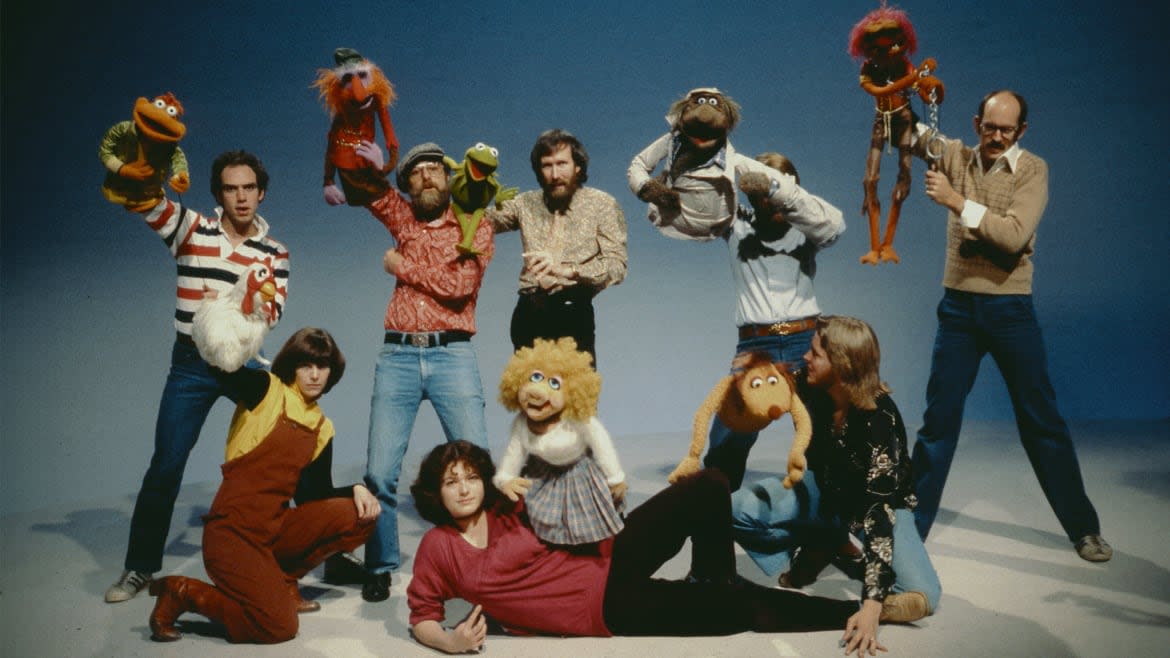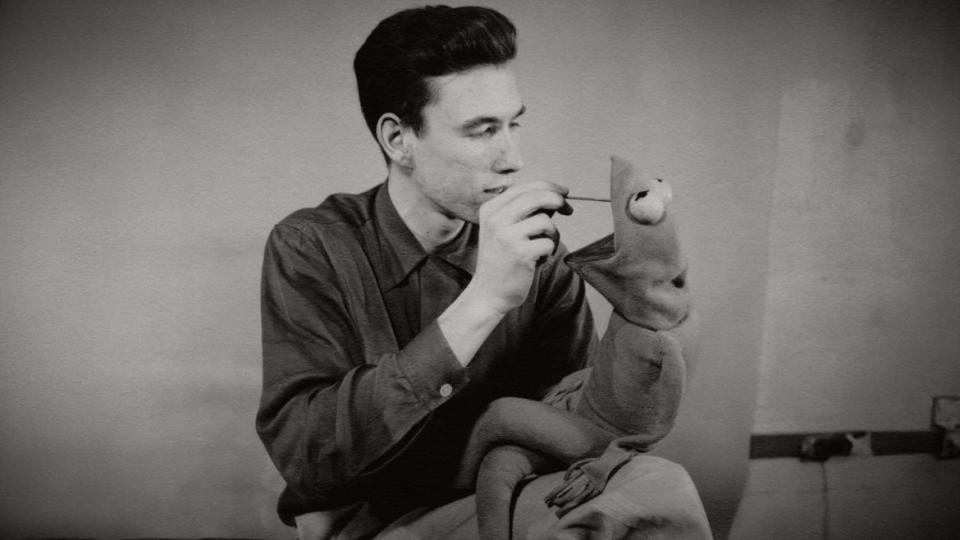You Absolutely Must Watch This Moving Jim Henson Documentary

As warm, fuzzy, and deeply felt as a hug from Fozzie Bear, Ron Howard’s new documentary takes the measure of Jim Henson, the man behind the Muppets (and Sesame Street, Fraggle Rock, The Dark Crystal, and Labyrinth), as both a creative genius and a family man, exploring his revolutionary spirit and dedication to craft across a 36-year career.
In Jim Henson Idea Man, which premiered at this year’s Cannes Film Festival and streams on Disney+ starting May 31, Howard tenderly eulogizes the late puppeteer and animator while traveling the span of his life—no small feat for a 108-minute documentary, but one that Howard attempts by proposing a broader paean to Henson’s ingenuity rather than diving too deeply beneath the surface.
Made with the direct participation of the Henson family, and with full access to his personal archives, this very authorized documentary was never going to be a controversial or even unconventional portrait of its subject, and to that end a filmmaker as steady and workmanlike as Howard is well-suited for the task. Before moving into feature filmmaking, Howard was a child star of The Andy Griffith Show and Happy Days, on television at the same time as The Muppet Show, and the filmmaker’s clear admiration for Henson comes through strongly, perhaps not because they could be considered peers but because Howard was there when it happened.
He saw how Miss Piggy and Kermit the Frog (fashioned from Henson’s mother’s old coat, with two halves of a ping-pong ball for eyes) gave Henson a conduit to hone the lively, light-hearted chaos that would become his signature style. Howard witnessed the arrival of Big Bird, Grover, Bert and Ernie, and Cookie Monster, ushering in a new era of TV entertainment. He was clearly enlivened by “Bein’ Green,” the Henson-voiced power ballad that proved Kermit could talk about race, identity, and self-acceptance, gracefully so, within the constraints of a children’s program.
In Idea Man, Howard is wise to play the hits, with a trove of archival footage (such as the Muppets appearing on the unreleased Orson Welles Show; “Picture Rasputin as an Eagle Scout,” Welles says while introducing Henson) providing welcome surprises that pair nicely with the familiar delights of classic Sesame Street clips. But there’s a connection between the director and his subject that turns Idea Man into a poignant reflection on the push-and-pull between creativity and commerce Henson constantly negotiated throughout the Sesame Street years—throughout his life, really, given that he famously first tried out puppetry in an effort to break into television.
The Long-Lost Beatles Doc ‘Let It Be’ Is a Musical Treasure
Idea Man devotes time to exploring Henson as a restlessly creative experimental artist, alive to the cultural tensions of the 1960s and eager to explore them through art, from swirling montage doc Youth 68 to a psychedelic nightclub concept called Cyclia, would lead him. And it acknowledges the ways in which this endless imagination manifested itself as a devotion to the work above all else; we hear from Henson’s family as they recall the lifelong workaholic tendencies that meant he rarely ever fully came home. As a husband and a father, Henson comes across as loving but distant, the gears ever turning as he heard the music in his head that would inevitably lead him away from his loved ones and toward another enduring creation. Eventually, this strain became too much for Henson’s marriage to bear. Henson’s children, all of whom have since entered the family business, are extensively featured as talking heads in the documentary, and they’re open if magnanimous in discussing their parents’ separation. (“I’m sure they were the love of each other’s lives, who couldn’t live together,” one says.)

Jim Henson with Kermit the Frog.
Many of Idea Man’s most poignant insights come courtesy of Frank Oz, one of Henson’s most enduring collaborators, who reflects early on that Henson appeared to draw his creative energy from within by remaining open to everything around him. “Jim created out of innocence,” Oz says. “He was a very rare creature. He was so internal and quiet that his inner life must have been sparkling.”
As he speaks about his friend and colleague, Oz comes across as both happy and sad, still in disbelief about all that Henson accomplished in his lifetime and about how short that life turned out to be. Time, inevitably, becomes one of the main subjects of the documentary, as the picture emerges of Henson as a restless spirit who could never work quickly enough to keep up with the endless flow of ideas coming out of his head.
We All Got The Beach Boys Wrong—This Film Gets Them Right
As his documentary reaches discussion of Henson’s tragic and premature death, at 53, from a rare form of bacterial pneumonia, Howard slows down to reflect the shock of his passing to all those in his orbit, even as Idea Man segues into a delicately emotional requiem, featuring the two memorial services Henson had left specific instructions for (including that there be a jazz band present, and that no one wear black).
Howard’s film retains a certain whimsy and musicality, even in these final moments, as if to reflect the sense of fun and play synonymous with Henson’s creations as mattering more to any accounting of his life than the heartbreak that came later. There was a wondrous, childlike innocence to Henson’s creative energy, a fire that never went out, until it did. Idea Man is, above all else, content to sit back and bask in the warm glow of his legacy.
Get the Daily Beast's biggest scoops and scandals delivered right to your inbox. Sign up now.
Stay informed and gain unlimited access to the Daily Beast's unmatched reporting. Subscribe now.


